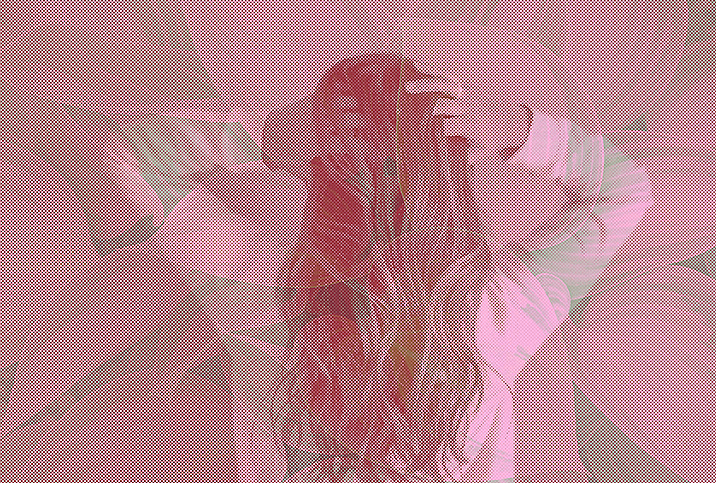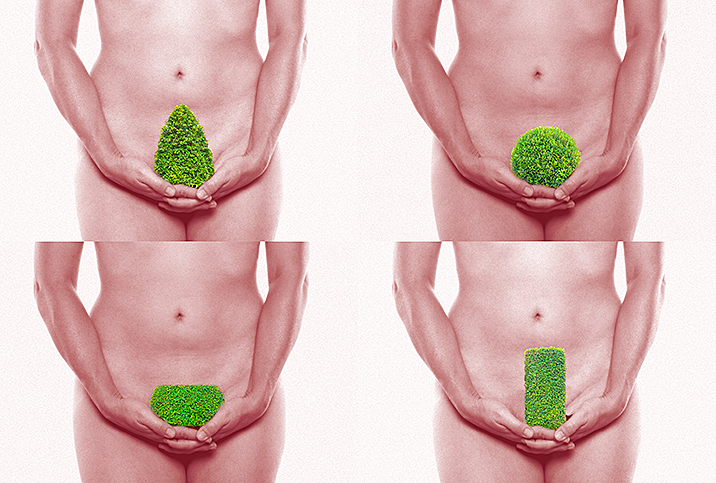Color Your Hair Without Chemicals

If you’ve tried dyeing your hair with substances such as tea, coffee or lemon juice, you know firsthand that “natural hair dye” recipes don’t always live up to their promises. Some, however, deliver.
Henna, for example, is a plant-based dye that can color hair and is also used in cultural practices in some parts of the world.
Concerns about chemical hair color
Scientists have long suspected that chemical hair dyes may be causing more harm than good. While the short-term satisfaction of a hair color transformation can boost your self-esteem, the jury is still out on whether harsh chemical dyes affect the underlying cells in your scalp and possibly damage your internal organs.
Commercial hair dyes contain more than 5,000 different chemicals, several of which have been associated with cancer in animal trials. Population studies have identified a link between hairdressers exposed to harsh chemicals and higher bladder cancer rates. Other studies have found mixed results on hair dyes’ potential relation to breast, bone marrow and blood cancers, warranting more in-depth investigation.
Aside from the health concerns, regular trips to the salon can have adverse effects on your wallet, too. The cost of upkeep on a professional color job year after year is substantial. As a result, many people turn to at-home commercial dyes, which can often leave hair feeling brittle and looking damaged if they don’t choose the right product.
What is henna?
One alternative dye for your hair is henna. It has conditioning benefits, which we’ll discuss soon, and the best-quality organic henna costs half as much as a visit to a good salon.
Henna is derived from the Lawsonia inermis plant and has been used as a dye for more than 6,000 years. To make henna dye, the leaves of the flowering Lawsonia inermis are crushed, dried and mixed with hot water. When applied to the hair as a paste mixed with water, henna binds to keratin molecules in the hair, smoothing the hair’s texture and imparting a color change that builds with each subsequent application.
Henna is safe for use on skin as well as hair. You may recognize henna from traditional weddings in south Asia, where intricate henna tattoos are painted on the hands and feet of the bride and members of the bridal party. It’s also traditionally used in the Middle East and northern Africa.
Henna stays only temporarily on the skin, lasting days or weeks and fading with each wash. Henna on the hair also fades, or oxidizes, in about four months. And, like with permanent commercial hair dye, you must reapply henna as your hair grows if you want to avoid a color variant of regrowth close to your scalp.
Henna will turn hair various shades of red, from copper to deep red and light browns, and results depend on your natural hair color (light or dark) and other factors. Mixing henna with other natural dyes (such as indigo) can result in darker colors, including black. If you have naturally black hair, don’t expect henna to turn you into a redhead: Henna will give you an all-over coppery hue or result in some red highlights.
How to dye your hair with henna
Dyeing with henna is an ancient art, and you can find multiple variations for henna dye recipes online. Commercially available dry henna is a fine green powder that smells like hay or grass. Look for certified organic products free from added metallic salts and paraphenylenediamine (PPD), a harsh chemical associated with allergic reactions and cancer. (Check for an allergic reaction by placing a small amount of the powder on your skin prior to use.)
Pure henna always produces a reddish tone to your hair, but you can alter it to brown or black by adding indigo, which is dark blue, in a two-part process. (Henna stains everything it touches, so wear gloves.) To use it, mix the henna powder with hot water in a glass bowl until it reaches a thick, mud-like consistency; be patient, as it can take a while to get all the clumps to smooth out. Be careful not to use a metal container or utensil for mixing, because henna can react with metal.
Let the mixture sit for at least an hour and stir it occasionally before slathering it onto sections of dry hair. Be ready to clean up any henna splatters right away. Once your hair is generously covered with henna, wrap it in plastic wrap to protect you from making a mess. Let the henna sit on your hair for at least one hour, if not several hours, before carefully rinsing it off in the shower. Adding some oil or hair conditioner to the henna mixture will make it easier to rinse out of your hair when the time comes.
Dyeing with henna is a messy project, so have a friend assist you when applying it. Watch some YouTube videos or blogs, and read the henna packet instructions thoroughly before attempting to put it on yourself. You’ll want to wear an old shirt, because it will very likely get stained.
After a shower, wrap your wet hair in a dark shirt or old towel. It takes a full 48 hours for the henna to develop on your hair, so be patient as you wait to see your final results.
Many professional salons can also apply henna. While more expensive than doing it at home, going to a salon has the benefit of using a pro who knows how to handle the henna to achieve the color you desire.

















